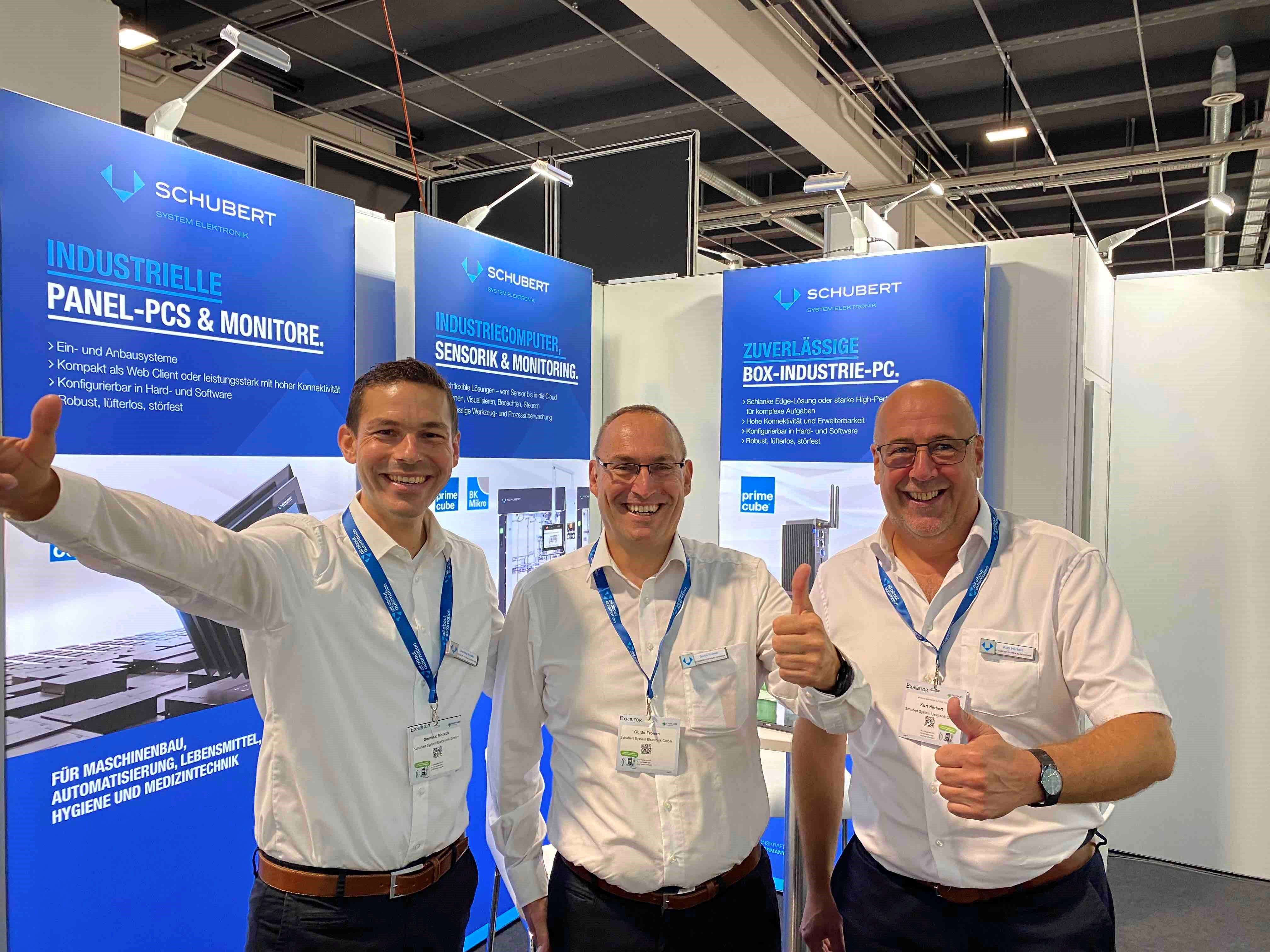
What Does the IP Protection Class Stand for?
Apart from a defined temperature range the resistance to corrosive effects such as water, acids or oils and the protection against the penetration of dust or other foreign bodies play a decisive role when it comes to the resistance of electronic devices. Electrical equipment such as panel PCs or industrial computer systems are classified according to these criteria.
- The designation is composed of the letters “IP” (“International Protection” or “Ingress Protection”) and two digits.
- The first digit stands for the protection against dust and foreign bodies. The higher this digit, the better the device is protected even against finest dust. “6” stands for absolute dust-proofness.
- The second digit indicates the protection against water in different intensities or scenarios. While 1 stands for protection against light dripping water, 9 as the highest digit implies protection against the penetration of water in case of high-pressure or steam-jet cleaning.
The Difference between IP69 and IP69k
Both protection classes refer to the protection by housings, but they differ in terms of the applications of the respective devices.
IP69k was introduced in 1993 and meets the special requirements for electric or electronic equipment in highly robust and mobile exterior applications such as street vehicles or agricultural machines. It is defined in norm ISO 20635:2013.
IP69 refers to the dust and water-proofness of general electric equipment that also includes industrial PCs for different industries or medical engineering. The high protection can also be achieved for panel PCs with integrated capacitive touchscreen. The criteria are defined in norm DIN EN60529.
In principle, the tests for both protection classes aim at the same resistances but differ with respect to some test criteria such as water temperature and water pressure resp. the force of the water jet.

The Basics at a Glance:
The protection classes IP69 and IP69k do not correspond to different qualities but differ in terms of their application ranges (“electric equipment general” and “electric equipment in street vehicles”).
The tests differ with respect to some test criteria.
The industrial computer systems and solutions of Prime Cube® quote DIN EN 60529 and are therefore aimed at the criteria of IP69 as required. If protection class IP69k is explicitly desired, these parameters can also be tested.
As this example shows, the IP69 protection is often applied in the hygiene-sensitive food industry: “Panel PC Resists High-pressure Cleaning”
Our technology experts advise you along the complete system selection process, from the first idea to series maturity.



